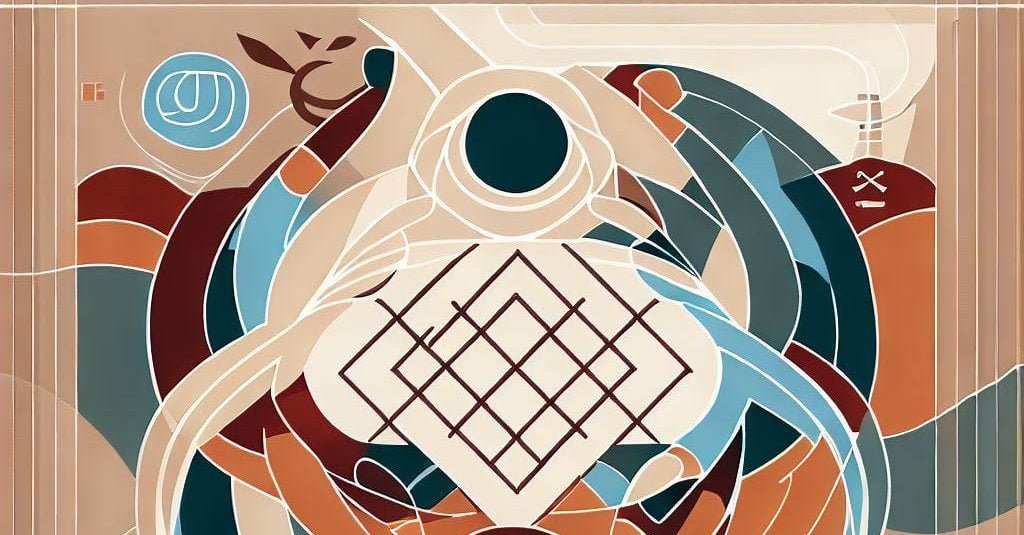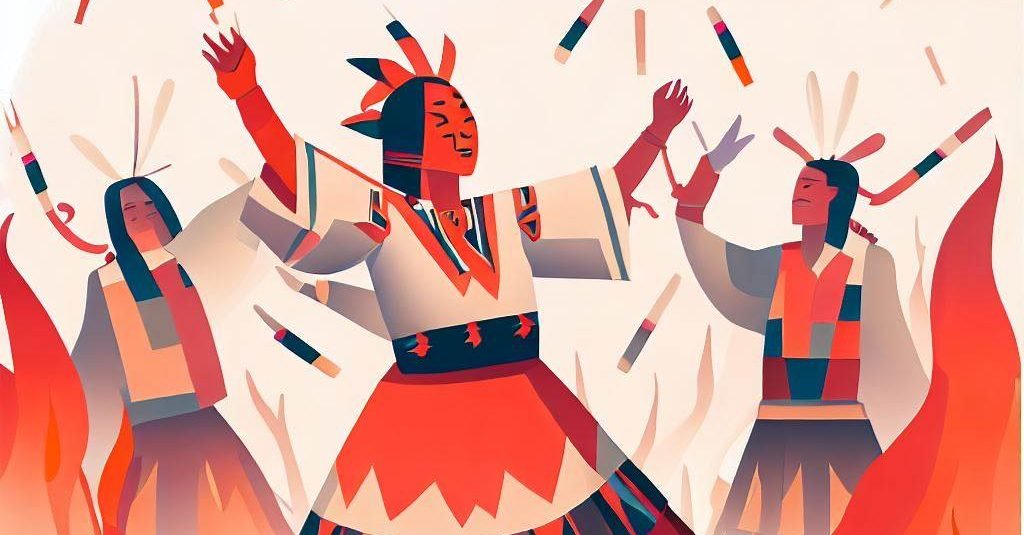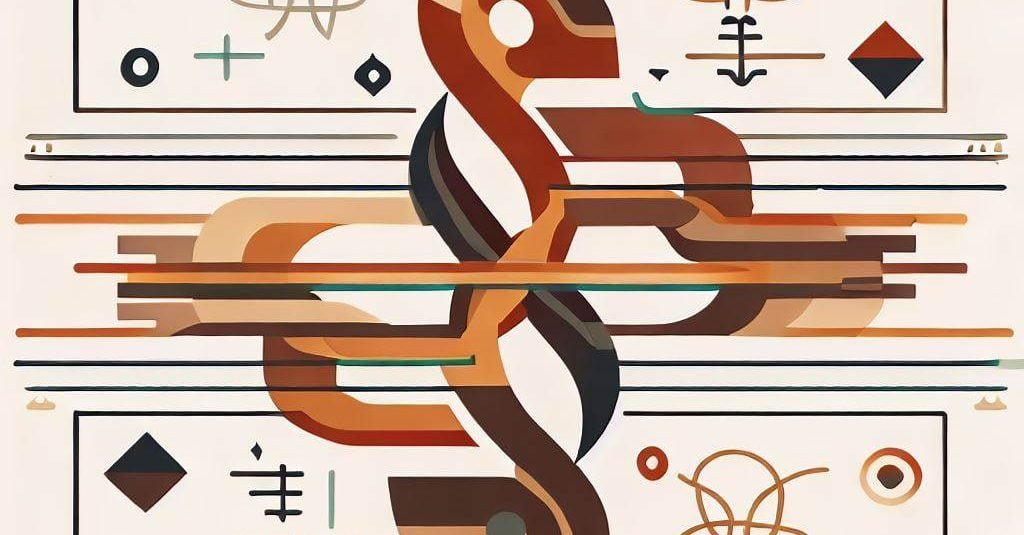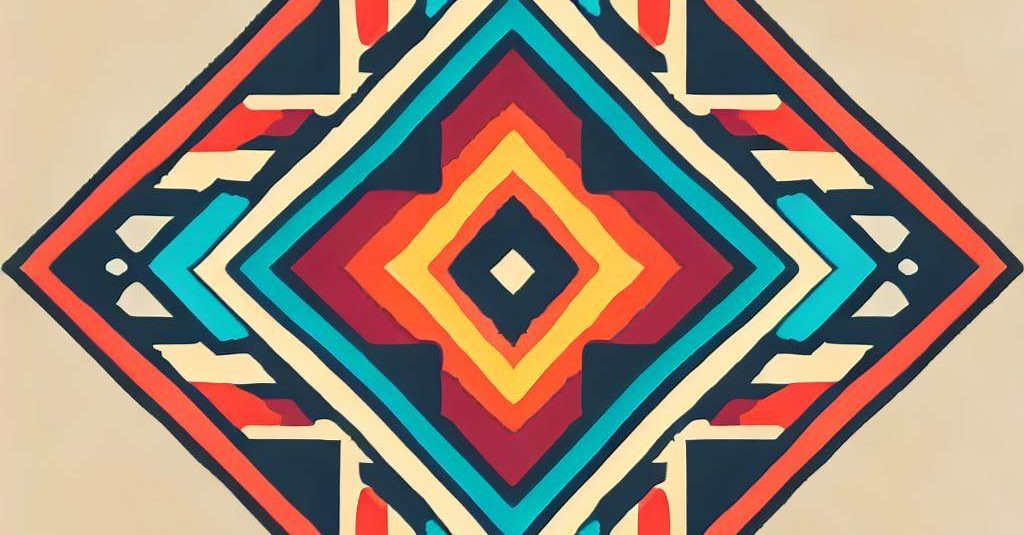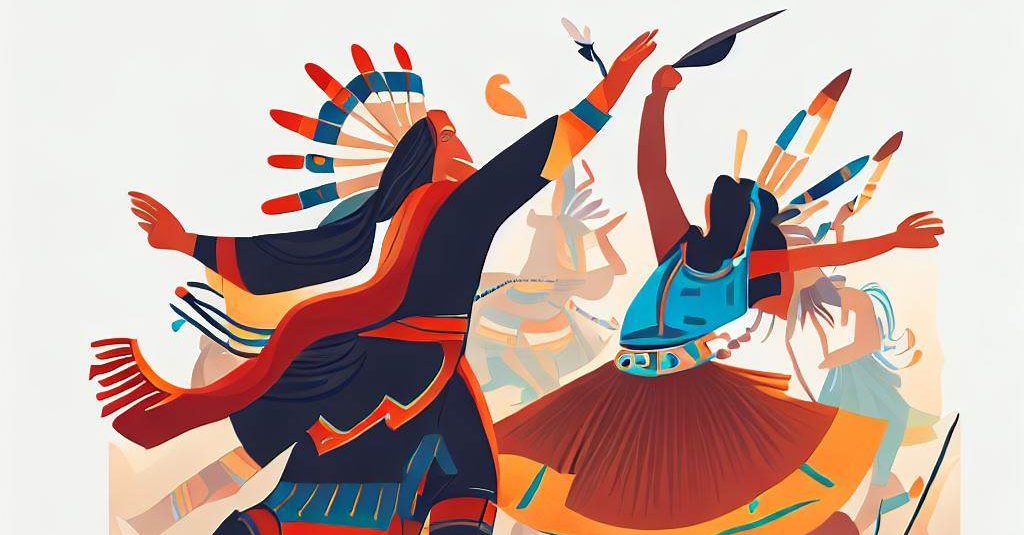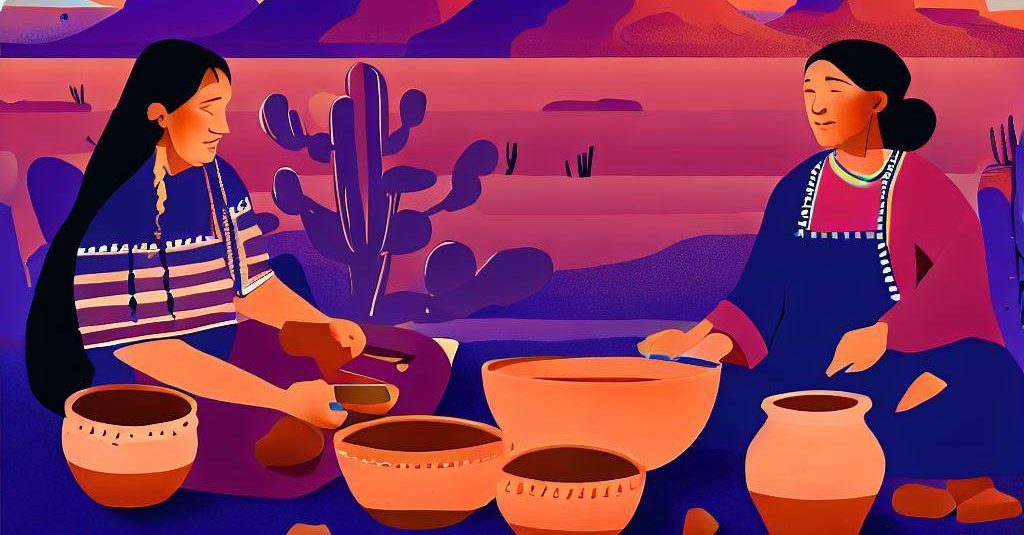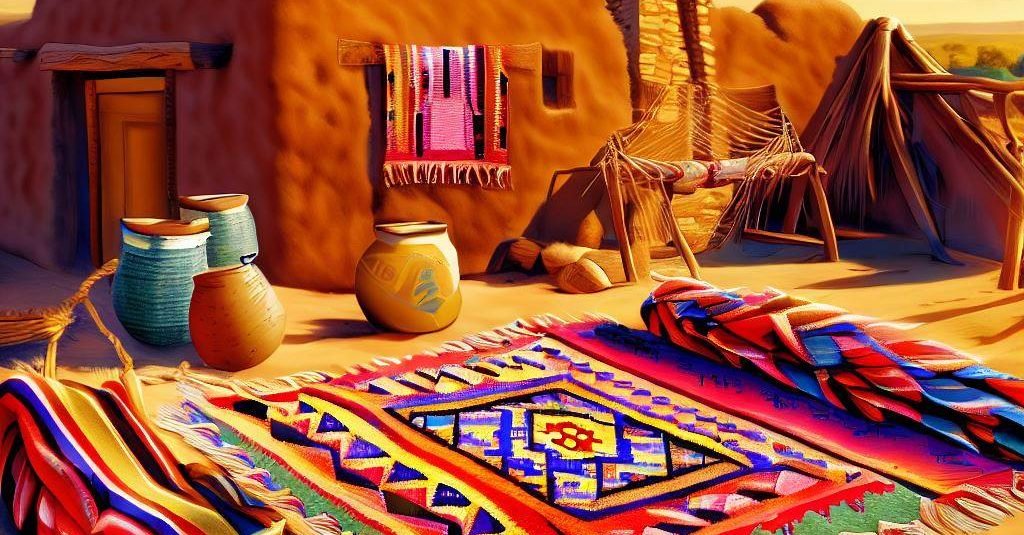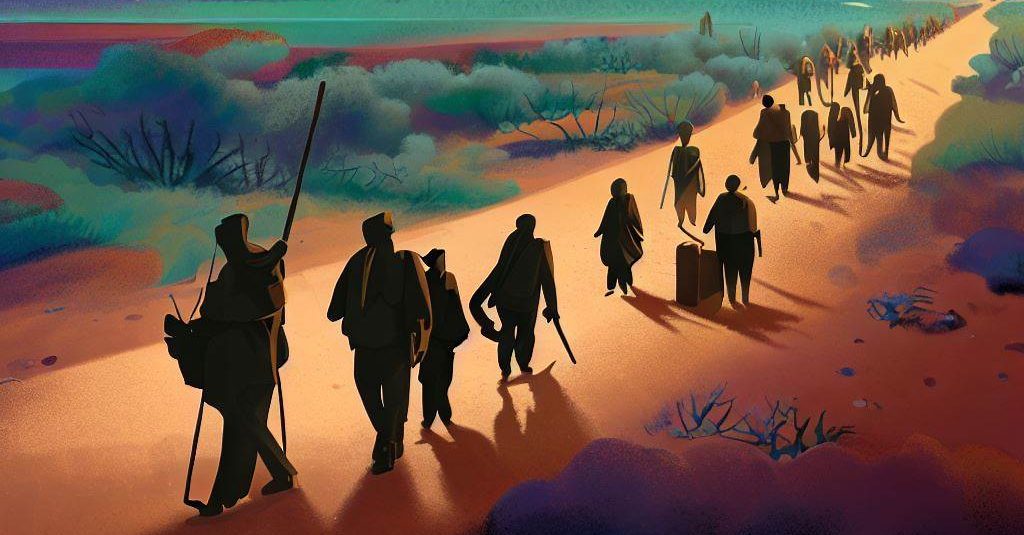The Navajo Hero Twins
The Navajo Hero Twins story is an important part of Navajo oral tradition, embodying moral lessons, cultural values, and the tribe’s worldview. This captivating narrative features the adventures of two brothers, Born for Water and Monster Slayer, as they embark on a journey to rid the world of evil and restore balance. By examining the key components of the Hero Twins story, we gain a deeper understanding of its significance within Navajo culture and its enduring impact on Navajo identity.
The Navajo Hero Twins Read More »

